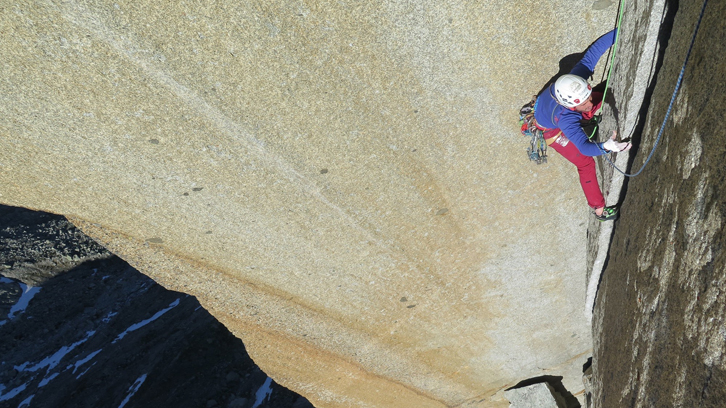Risk perception in mountain sport. A study of information processing in expert climbers

Mountain sport and other outdoor activities have seen a boom in popularity in recent years thanks to the easier access many have to natural spaces, the decrease in the cost of the necessary equipment and the growing availability of training programmes and guides. However, the increase in the number of people doing physical activities in these natural spaces has brought with it some adverse consequences, chiefly a corresponding increase in the number of accidents and injuries associated with outdoor sport.
That is why identifying the factors that contribute to this accident rate is of such great interest, not only to outdoor athletes themselves, but also to sport policy makers and even to guides, who are responsible for ensuring the safety of their clients.
Efforts to limit accidents would surely benefit from taking a closer look at the practices of outdoor sport experts who tend to have fewer accidents, despite subjecting themselves to very serious risks. For example, an elite climber would never set out on a climb without first assessing the risks involved. These experts consult online sources, specialised publications and trusted colleagues to determine what material they will need and what meteorological conditions and physical and psychological challenges they are likely to face. In short, they take in information from a number of sources and compile it to come to a risk estimate.
This study analyses how expert climbers consciously combine information about themselves with environmental and climbing data in order to arrive at their own risk assessments. The researchers were especially interested in discovering whether the climbers viewed the risks as additive (the more dangers identified, the more the accumulated risk) or multiplicative (an additional factor leads to a compounded or multiplied perception of risk).
The study gathered data from 134 climbers (16.3% of them women), all of whom were instructors or inspiring instructorsaspiring members of the national mountain climbing and mountaineering team at the Federación Española de Deportes de Montaña y Escalada (Spanish Federation for Mountain and Climbing Sports), a group of participants likely to be a representative sample of elite mountaineers and climbers.
The results showed that expert climbers tend to assess risk based on individual factors such as the degree of difficulty of a climb, poor weather conditions, a lack of appropriate equipment and their degree of confidence. Also important is the way in which multiple factors combine or coincide with one another. When confidence is lacking, meteorological conditions and equipment issues both fuel greater risk perception. However, when climbers feel confident, the weather conditions are optimal and they have the material they need for the climb, they tend to perceive low levels of risk. This can sometimes result in overconfidence, as danger never completely disappears in these situations. These findings show that the factors of confidence, weather conditions and equipment are not always given equal weight in determining risk perception.
A similar pattern is at work in climbs of a high degree of difficulty. When this factor coincides with adverse weather conditions or a lack of the proper equipment, risk perception rises to its highest levels. In other words, when the degree of difficulty is high, the emergence of any other problematic conditions has a multiplying effect on risk perception.
This study highlights the dual role played by confidence among climbers. Confidence in their own abilities can sometimes act as a protective factor, but it can also limit their perception of risk. This mental process seems to be of use to elite climbers when assessing risks associated with environmental conditions or difficult climbs.
One practical application of this study is that it underlines the importance of training climbers to identify the environmental conditions that tend to dramatically increase risk perception. Climbers should also be encouraged to increase their confidence, but they should try to avoid transforming this confidence into overconfidence. For climbers with less expertise, who might find it more difficult to identify these risk factors, it might be desirable to offer a series of rules to follow in complex situations based on these combinations of factors.
Universitat Autònoma de Barcelona
References
Chamarro, A., Rovira, T., Edo, S., & Fernandez-Castro, J. (2019). Risk Judgments in Climbers: The Role of Difficulty, Meteorological Conditions, Confidence and Appropriate Tools. Leisure Sciences, 41, 221–235. https://doi.org/10.1080/01490400.2018.1442266


